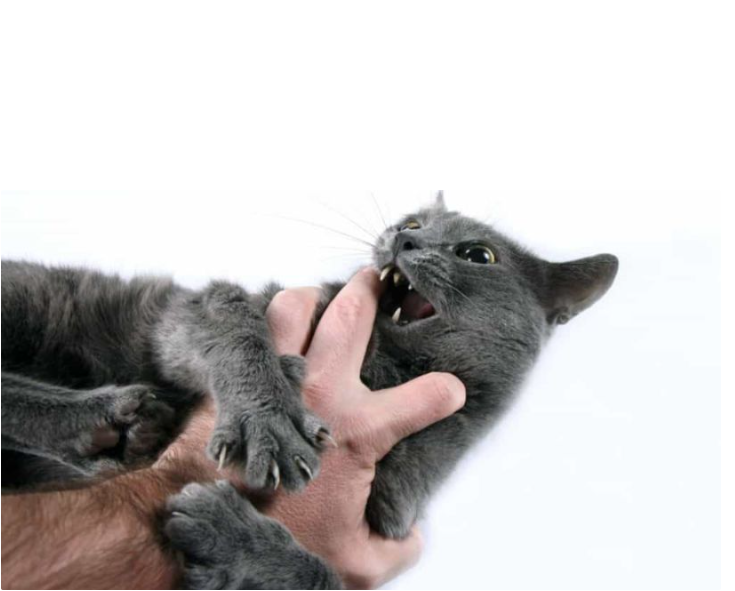What is cat scratch disease? How to treat?
Whether you adopt, rescue, or just form a deep connection with your adorable cat, you probably give little thought to the potential health risks. Although cats can be unpredictable, mischievous, and even aggressive at times, most of the time they are well-meaning and harmless. However, cats may bite, scratch, or even care for you by licking your open wounds, which can expose you to potentially dangerous pathogens. It may seem like a harmless behavior, but if your cat is infected with a specific type of bacteria, you’re at high risk for developing cat-scratch disease (CSD).
Cat scratch disease (CSD)
Also known as cat-scratch fever, it is a rare lymph node infection caused by the bacteria Bartonella henselae. Although symptoms of CSD are usually mild and resolve on their own, it is important to understand the risks, signs, and proper treatment associated with CSD.
Cat-scratch disease is a rare bacterial infection caused by scratches, bites, or licks from cats. While many cats are infected with the bacterium that causes this disease (Bifidobacterium henselae), actual infection in humans is uncommon. However, you can become infected if a cat scratches or bites you deeply enough to break your skin, or licks an open wound on your skin. This is because the bacterium B. henselae is present in the cat’s saliva. Thankfully, this disease does not spread from person to person.
When cat-scratch disease manifests itself in humans, it usually results in mild flu-like symptoms that eventually clear up on their own. Symptoms generally begin within 3 to 14 days after exposure. Infected areas, such as those where a cat scratches or bites you, may cause swelling, redness, bumps, or even pus. In addition, patients may experience fatigue, mild fever, body aches, loss of appetite, and swollen lymph nodes.
Post time: Dec-20-2023

